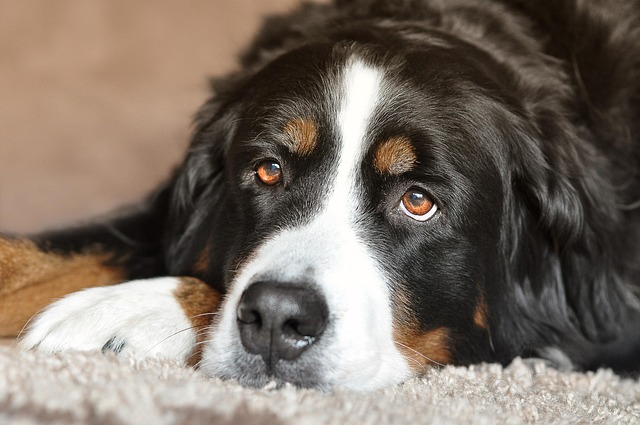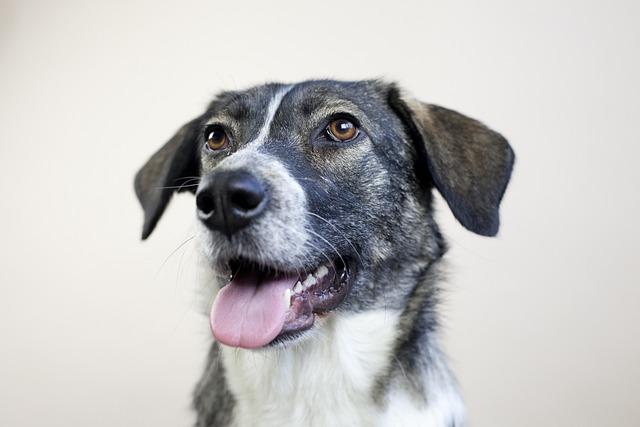
Symptoms and Treatment of Canine Coronavirus
Canine coronavirus often flies under the radar until it hits a household, catching even seasoned dog owners off guard.
Imagine you’re in your New York City apartment, scrolling through your phone while your 9-month-old Bichon Frise curls up on the couch—suddenly, they jump up, scratch their ears so hard their whole body shakes, and start licking their paws until the fur looks matted. You lean in and see tiny red bumps on their belly, plus a few flakes of dander on your throw pillow. If this makes you rush to Google “how to help my dog’s itchy skin,” you’re one of thousands of new U.S. dog owners struggling to find the best treatment for dog skin allergies—one of the most common issues vets see, especially in pups who love exploring Brooklyn parks or snuggling on apartment couches.
Here’s the simple science behind it: Dog skin allergies happen when their immune system overreacts to something harmless—think pollen from Chicago’s spring grass, dust mites in your apartment carpet, or even chicken in their kibble. Unlike humans who get runny noses, dogs show allergies through their skin: their body releases chemicals that make them itch, which leads to scratching, licking, or chewing. This scratching breaks their skin barrier, making them more prone to infections. My friend in Austin learned this the hard way: She tried “homemade remedies” for her Boston Terrier’s allergies, and it turned into a bacterial infection that needed extra meds—vet care is non-negotiable here.

The best treatment mixes vet guidance and at-home care. First, visit a vet (don’t just buy over-the-counter products!)—they’ll figure out the trigger (via skin tests or food trials) and prescribe targeted treatments. Common options include oral antihistamines (safe for most dogs, like the ones your vet might recommend for pollen season) or medicated shampoos (look for “hypoallergenic” labels—they soothe itching without drying skin). For home care, wipe your pup’s paws with a pet-safe wipe after park walks (to remove pollen) and vacuum your apartment weekly (to cut down on dust mites). If your dog has food allergies, stick to vet-recommended kibble—avoid random “grain-free” brands unless your vet says so (some can cause other issues). Pro tip: Use a cool, damp washcloth to soothe itchy spots—never human lotion, which irritates their skin!
Don’t forget U.S. rules and community norms that tie into allergy care. Every state requires your dog’s rabies and core vaccines to be up to date—allergies weaken their immune system, and doggy daycares or parks often check tags. Always carry waste bags on walks: Picking up poop right away isn’t just the law (I saw a dad get a $35 ticket in Denver for skipping this!)—it keeps your pup from stepping in contaminated soil that could worsen skin irritation. In apartments, skip harsh cleaning sprays (like lemon-scented ones)—they dry out your dog’s skin and trigger more itching. Most importantly, never punish your pup for scratching furniture or chewing their paws: Yelling or tapping their nose goes against U.S. animal welfare standards (the ASPCA calls this “confusing and harmful”). Instead, redirect their attention with a toy when they start itching—positive reinforcement helps them break the habit.
With the right vet plan and home care, your pup will stop itching and start enjoying park walks or couch naps again. Be patient—finding the perfect treatment might take a few weeks, but it’s worth seeing them happy and comfortable.

Canine coronavirus often flies under the radar until it hits a household, catching even seasoned dog owners off guard.

Imagine you’re in a frigid Minneapolis morning, zipping up your parka while your 8-month-old Chihuahua mix, Lua, paws at the apartment door—excited for her walk

That moment your dog lifts a paw and whimpers during a chilly winter walk is a clear sign that the cold ground is more than just uncomfortable.

Imagine you’re in your Chicago apartment, sitting on the floor with your 1-year-old Corgi pup while they chew a rubber toy.

Finding your dog turning up its nose at dinner and then retching up a bright yellow fluid is enough to make any pet parent’s heart race.

Imagine you’re in your Los Angeles apartment, kneeling down to give your 1-year-old Bichon Frise a scratch behind the ears.